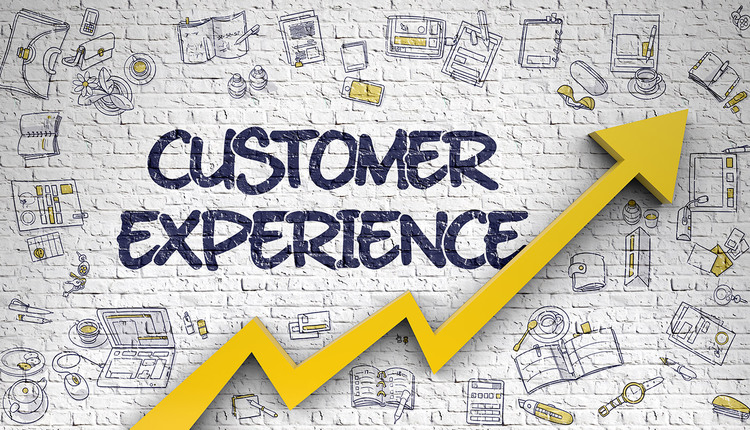Consumer identity data, that information you use to segment offers, personalize communications, track marketing effectiveness, and boost conversions, is probably in a sad state. Consumer data is hard to keep current. Customers marry, divorce, have kids, change careers, buy houses, and make many other changes over time. Most organizations lack the data quality infrastructure necessary to absorb all the data changes and create a single customer view.
The irony of the consumer identity problem is you may already own updated consumer information. Actually using that data is another story.
Difficulty with Existing Data
Information comes to your organization through multiple points of entry. Each department may acquire customer identification data through web forms, smart phone apps, website activity, correspondence, or conversations with customer service, for example. Each of the entities within your enterprise collects the data they need for their own purposes and at different times. One department may collect phone numbers while another does not. All may collect email addresses, but customers may use different email addresses at different times. This scattered approach to data collection leads to information overlap and contradictory data.
Making it even more difficult, consumers are unreliable data suppliers. Sometimes customers obscure their data by design. Other times, omissions, misspellings, or other data problems are simply mistakes. If consumers are a data source, your files probably contain inaccurate or incomplete information about your customers.
Typical organizations have limited resources to help resolve conflicting customer information. Data inconsistency prevents them from linking or merging databases. Without the right software tools and a data quality strategy, things aren’t likely to improve anytime soon.
Marketing Goals – More Personalization
Your marketing strategy probably includes initiatives to present more relevant offers and communicate more effectively with customers by creating personalized content. Consumers expect information they provide during one interaction with your organization will guide future communications. They get annoyed when organizations fail to treat them as individuals. As long as your consumer identity data is broken, it will be difficult to achieve your customer relationship goals.
When consumer identity data is unblended and incomplete, marketing campaigns suffer. Duplicate records drag down statistics like open and conversion rates. The effectiveness of demographic information brought in from outside sources, meant to fine-tune segmentation and offers, diminishes because you can’t match it to the main customer database. Or worse, the demographic data mismatches the main data, resulting in entirely inappropriate communications and damaged customer relationships.
All these data problems create higher costs, reduce marketing effectiveness, and result in fewer sales or missed opportunities. Marketers need to repair broken consumer data before they experience a campaign disaster.
Fixing Consumer Identity Data
To repair your consumer identity data, you must assess your current state. Analyze your systems and lay out the steps necessary to clean up all your data, resolve inconsistencies, and combine formerly incompatible databases. Look for ways to prevent the ever-changing consumer data from getting out of date, keeping it in shape and ready for the next campaign. If you don’t have data analysts on staff, you may need to outsource this work or ask data quality software vendors for an assessment.
Don’t let broken consumer identity data spoil your marketing campaigns. Resolve to get your data under control so customers respond positively to your increasingly sophisticated marketing efforts.
Ken Kucera is the managing principal of Firstlogic Solutions delivering world-class address and data quality software to data-driven companies across the USA. With 38 years of industry experience, Ken leads the teams that innovate and deliver address correction, data cleansing, data matching and consolidation software at Firstlogic. Ken has been an active member of the National Postal Forum (NPF), Direct Marketing Association (DMA), and the National Etailing & Mailing Organization of America (NEMOA). Reach Ken at firstlogic.com or follow him on Twitter and LinkedIn.















